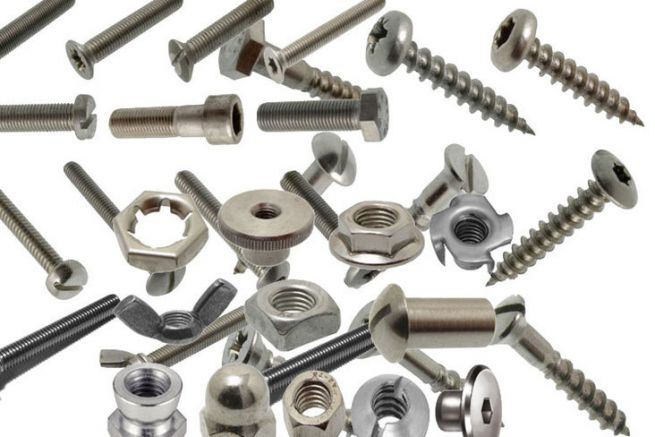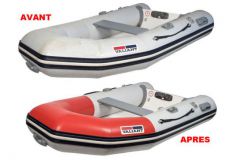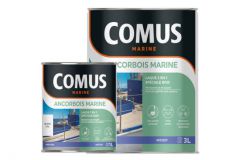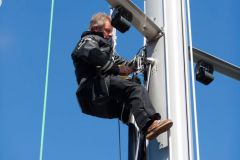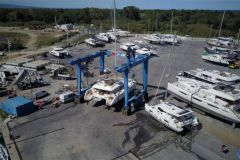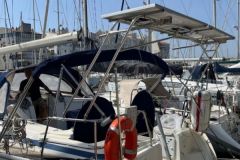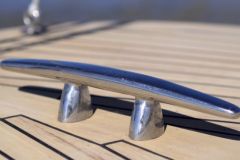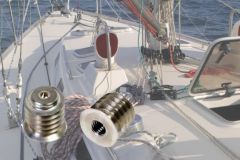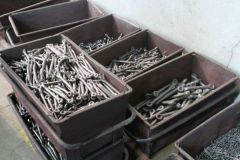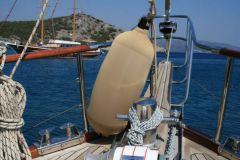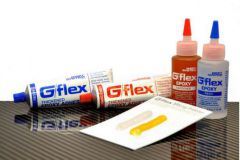The designation A2 or A4 indicates a corrosion resistance criterion. To put it simply, an A2 stainless steel does not rust, but must not come into direct contact with salt. On a boat, it will therefore be used for all the fittings screws or mechanical fasteners. On the other hand, an A4 stainless steel may be in direct contact with the salt and will be used on deck.

Stainless steel is corrosion resistant
One of the important properties of stainless steel is its resistance to corrosion. This stainless steel (known as "stainless steel") has the ability to protect itself by forming a protective film on its surface. This very thin film (1 nm), composed of chromium oxide and hydroxides, is also called a "passive layer". The difference between stainless steel is the percentage of the elements that make it up. Chromium will have the most important role in corrosion resistance, but there is also molybdenum and nickel.
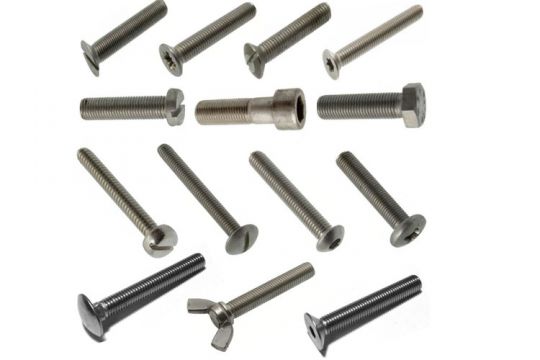
Stainless steel A2 or 304
A2 or 304 stainless steel (American standard) are the most common. They are used for food (saucepan, cutlery, kitchen...) or in boats for screws. They are not suitable for use with non-oxidizing acid projections or chlorine agents, such as swimming pools, and in direct contact with seawater salt.

Stainless steel A4 or 316
The addition of molybdenum to the chemical composition of A4 stainless steel increases its resistance to oxidation. But on the other hand, this composition makes it softer, less mechanically resistant than A2. A4 steel is used on boats, especially on deck. A4 stainless steel is resistant to seawater salt.
Tips for better protection
If you want to test the quality of the stainless steel yourself, use a magnet. Indeed, A2 stainless steel will be magnetized while A4 stainless steel will not be or very little magnetized.
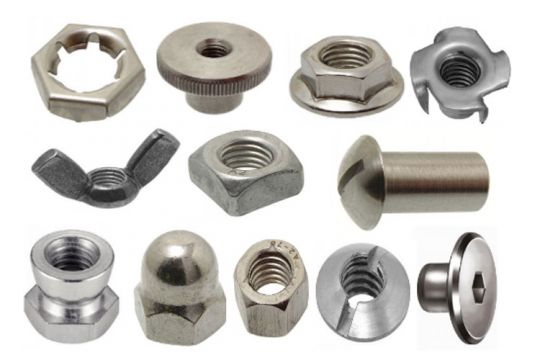
What does the L in 316L mean?
The L stands for "Low carbon". It is a variant of stainless steel containing less carbon. The alloy is composed of 0.02% carbon instead of 0.05%. This does not affect the quality of the stainless steel, but increases its resistance when hot-welding with TIG or MIG.
Polishing to reduce oxidation
The polished finish offers greater resistance to oxidation. Indeed, the polish of the material limits the fixing of pollution or salt on the surface. This prevents him from stinging himself. This polished finish can be done on A2 or A4 stainless steel.
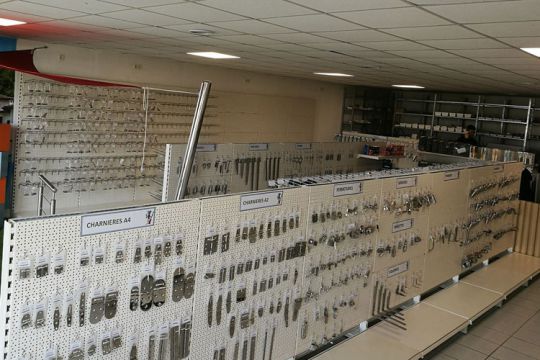
TID-Inox the specialist
Originally located near Vannes, TID-Inox has just opened a store in the suburbs of La Rochelle. All references (over 18,000!) are available individually for professionals and individuals. They will be able to guide you in the choice of your screws for everything related to the boat. Ask them for advice, they know their job.
